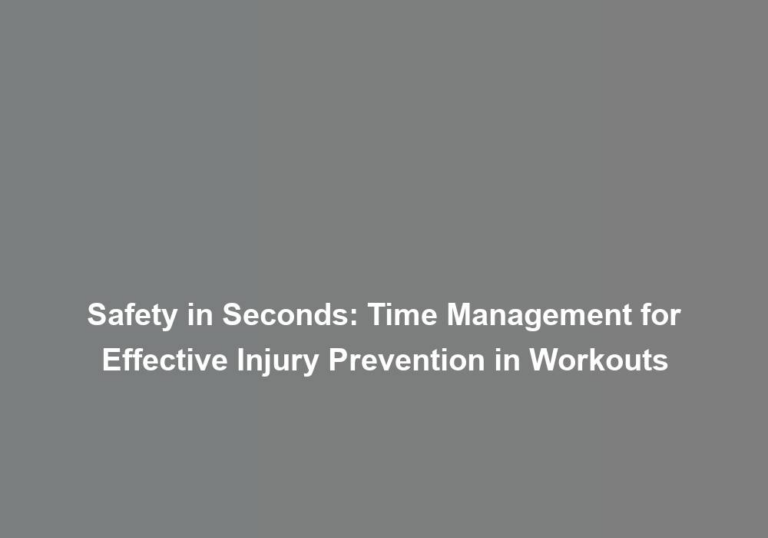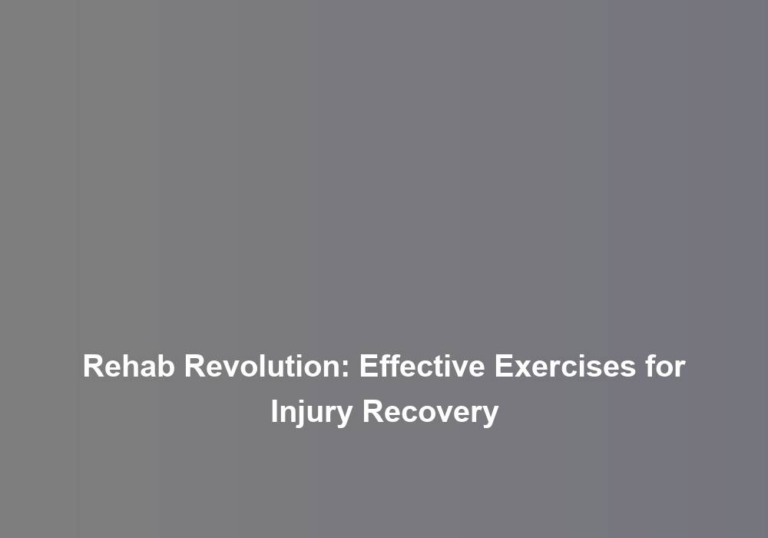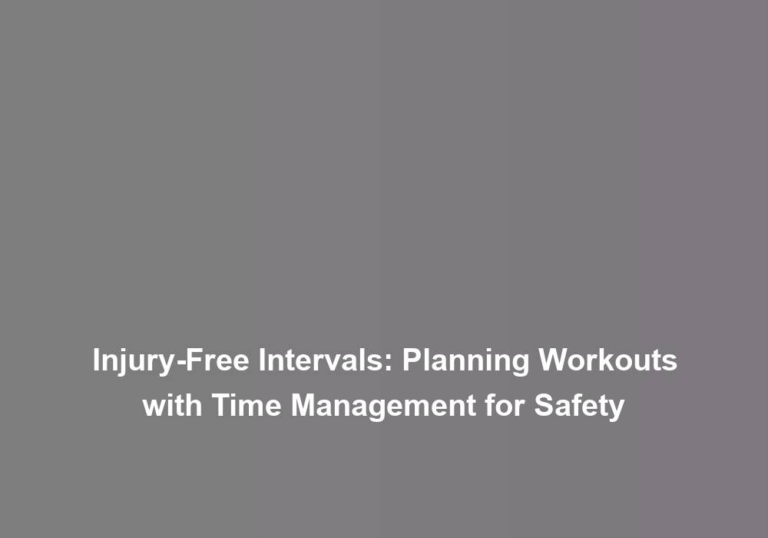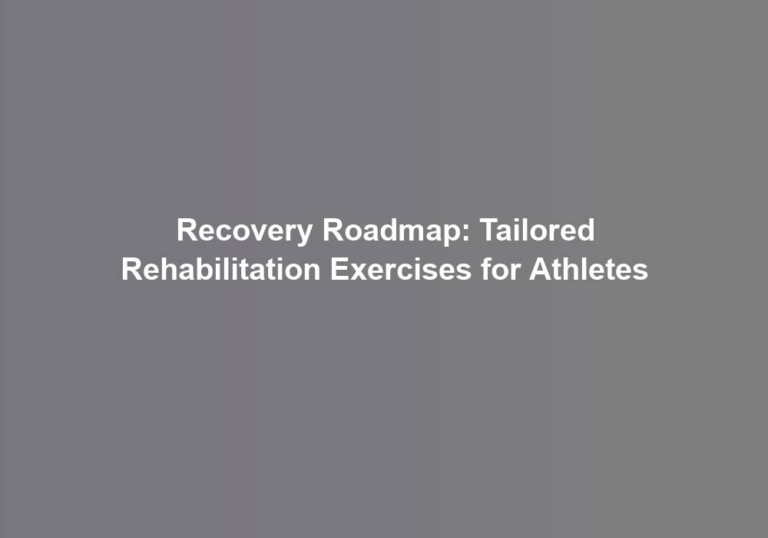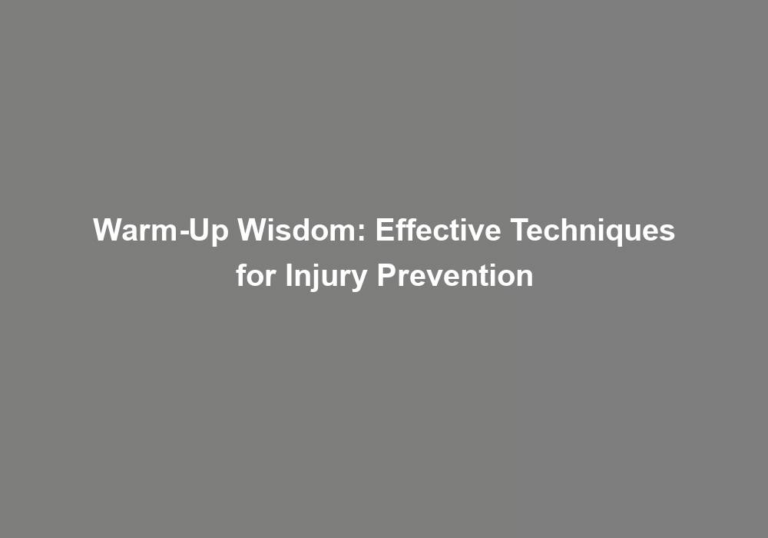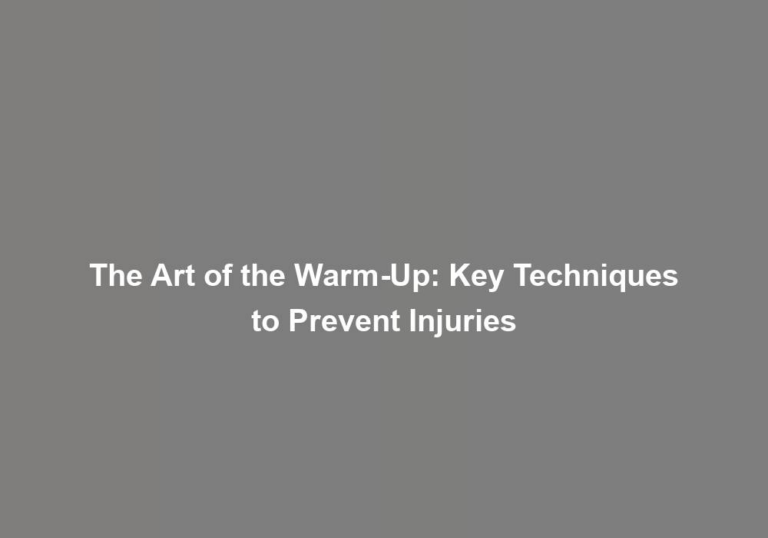On the Mend: Rehabilitation Exercises for Optimal Recovery
Have you ever wondered if the key to optimal recovery lies in the right combination of rehabilitation exercises? YouG??ve been told to rest and let your body heal, but what if targeted exercises could actually speed up your recovery and improve your overall function? Whether youG??re rehabilitating from an injury, surgery, or illness, the right exercises can make a significant difference in your recovery process. But what are these exercises, and how do they work? YouG??re about to discover the answers that can help you on your journey to full recovery.
Upper Body Rehabilitation Exercises
To strengthen and regain mobility in your upper body after an injury or surgery, it is crucial to perform targeted rehabilitation exercises with proper form and consistency. When focusing on shoulder mobility, itG??s important to start with gentle movements to prevent further injury. Begin with pendulum exercises, gently swinging your arm back and forth, and then progress to shoulder rolls to loosen up the joint. Gradually, incorporate wall walks, where you use your fingers to walk up a wall to stretch and improve the flexibility of your shoulder muscles. These exercises should be performed with caution and within your comfort level.
In addition to shoulder mobility, rebuilding arm strength is a key component of upper body rehabilitation. Start with resistance band exercises, such as shoulder external rotations, to strengthen the rotator cuff muscles. As you progress, incorporate bicep curls and tricep extensions using light weights to further enhance arm strength. ItG??s imperative to maintain proper posture and form during these exercises to avoid unnecessary strain on your healing muscles.
Lower Body Rehabilitation Exercises
After focusing on rebuilding arm strength and shoulder mobility in your upper body rehabilitation, itG??s essential to shift the attention to lower body rehabilitation exercises to ensure a comprehensive recovery process. Lower body exercises play a crucial role in restoring balance, stability, and overall functionality. Here are some key exercises to aid in your lower body rehabilitation.
Hamstring stretches are vital for improving flexibility and reducing the risk of muscle strain. Perform seated or standing hamstring stretches, holding each stretch for 15-30 seconds, and repeating 2-3 times on each leg. Additionally, quadriceps strengthening exercises, such as leg presses or bodyweight squats, help regain strength and stability in your lower body.
Ankle mobility exercises are beneficial for increasing range of motion and improving balance. Try writing the alphabet with your toes in the air to promote ankle mobility. Calf raises are also essential for strengthening the calf muscles and improving ankle stability. Simply rise onto your toes and lower back down in a controlled manner. Aim for 2-3 sets of 10-15 repetitions.
Core Strengthening Exercises
Begin by incorporating core strengthening exercises into your rehabilitation routine to enhance stability, improve posture, and support overall body strength. Core strength is essential for functional movement and plays a crucial role in preventing injuries. Pilates integration is a fantastic way to engage your core muscles while improving flexibility and posture. Consider adding Pilates exercises such as the hundred, the roll-up, and the plank to your routine to target your core effectively.
Stability ball workouts are another excellent option for core strengthening. The unstable surface of the stability ball challenges your core muscles, helping to improve balance and stability. Try incorporating exercises like ball crunches, leg lifts, and Russian twists to engage your core and enhance overall strength.
In addition to Pilates integration and stability ball workouts, resistance band exercises are highly effective for targeting the core muscles. Resistance bands provide constant tension, engaging your core throughout the full range of motion. Consider adding exercises such as standing twists, woodchoppers, and standing side bends to your routine to enhance core stability and strength.
As you engage in these core strengthening exercises, focus on proper form and controlled movements. Remember to listen to your body and start with exercises that match your current fitness level. Building core strength takes time and consistency, so be patient with your progress and celebrate each step forward. By incorporating these exercises into your routine, you are taking proactive steps toward optimal recovery and long-term wellness.
Range of Motion Exercises
How can you effectively improve your joint flexibility and mobility through targeted range of motion exercises? Flexibility training and joint mobility are crucial components of your rehabilitation journey. By incorporating specific range of motion exercises into your daily routine, you can promote healing and enhance your overall physical function.
| Range of Motion Exercises | Description |
|---|---|
| Shoulder Circles | Stand with your feet shoulder-width apart. Gently rotate your shoulders in a circular motion, first forward and then backward. Perform 10 repetitions in each direction. This exercise helps improve shoulder flexibility and reduces stiffness. |
| Ankle Alphabet | Sit in a chair with your feet lifted off the ground. Imagine you are writing the alphabet with your toes. This exercise promotes ankle mobility and strengthens the muscles surrounding the joint. Complete the alphabet once with each foot. |
| Neck Tilts | Sit or stand in a comfortable position. Slowly tilt your head towards one shoulder, hold for a few seconds, then tilt towards the other shoulder. Repeat 10 times on each side. Neck tilts help alleviate tension and increase neck flexibility. |
| Knee Extensions | While seated, straighten one leg and hold for 5 seconds. Slowly lower the leg back down. Perform 10 repetitions on each leg. This exercise aids in improving knee mobility and strengthening the quadriceps muscles. |
Incorporating these range of motion exercises into your daily routine can help you regain flexibility and mobility in the affected areas. Remember to perform each exercise with control and within your comfort level. Over time, you will notice significant improvements in your joint function and overall well-being.
Balance and Stability Training
To enhance your rehabilitation journey and promote overall physical function, integrating balance and stability training into your daily routine is essential. Balance and stability are crucial components of functional movement patterns, and they play a significant role in preventing injuries and re-establishing strength and coordination. Proprioception drills, which focus on body awareness and position sense, are fundamental to improving balance and stability.
Proprioception drills involve exercises that challenge your balance and spatial orientation. These drills can include standing on one leg, using balance boards, or practicing stability exercises on uneven surfaces. By incorporating these drills into your routine, you can enhance your bodyG??s ability to sense its position and make necessary adjustments to maintain stability. This is especially important during the rehabilitation process, as it can aid in retraining muscles and joints to work together effectively.
Incorporating functional movement patterns into your balance and stability training will help you regain the ability to perform daily activities with ease. Functional movement patterns mimic real-life movements, making them highly relevant to your rehabilitation journey. These exercises can include squats, lunges, and reaching movements, all of which contribute to improved balance, stability, and overall coordination.
Conclusion
As you continue your rehabilitation journey, remember to be patient with yourself and celebrate small victories along the way. Keep up with your exercises, listen to your body, and donG??t be afraid to seek support from your healthcare team. With determination and dedication, youG??ll soon be on the road to optimal recovery. Stay focused, stay positive, and remember that every step forward is a step closer to regaining your strength and mobility. YouG??ve got this. Keep pushing forward.


